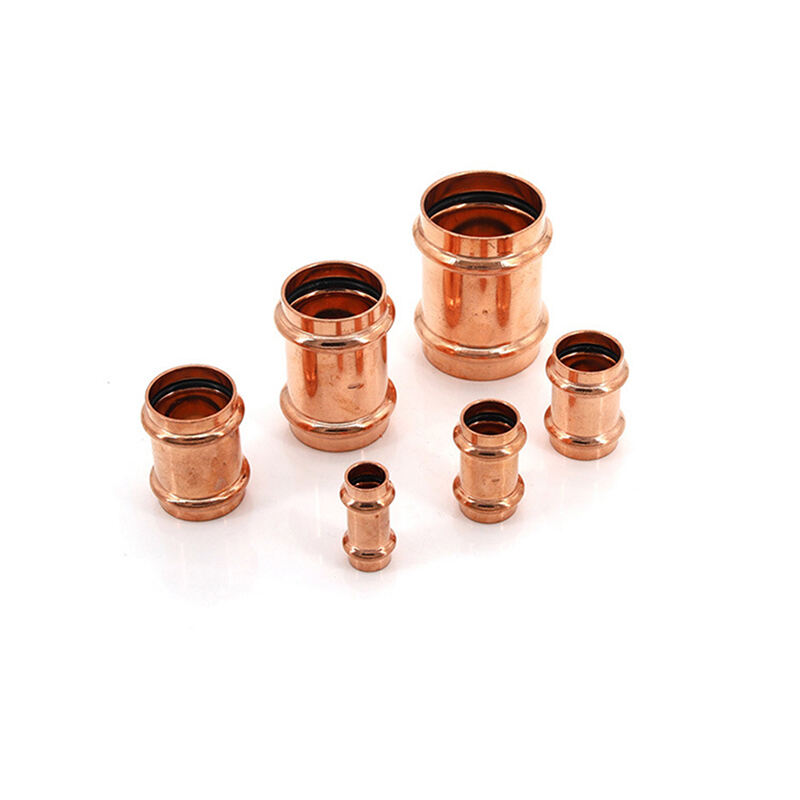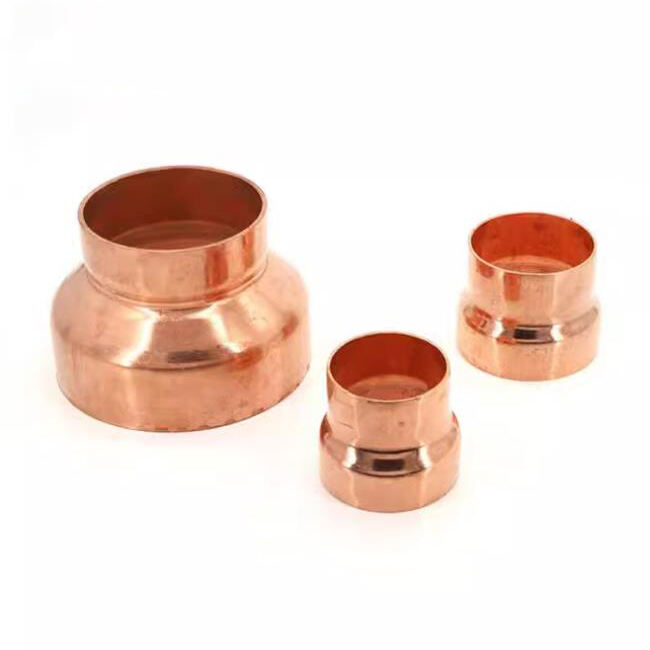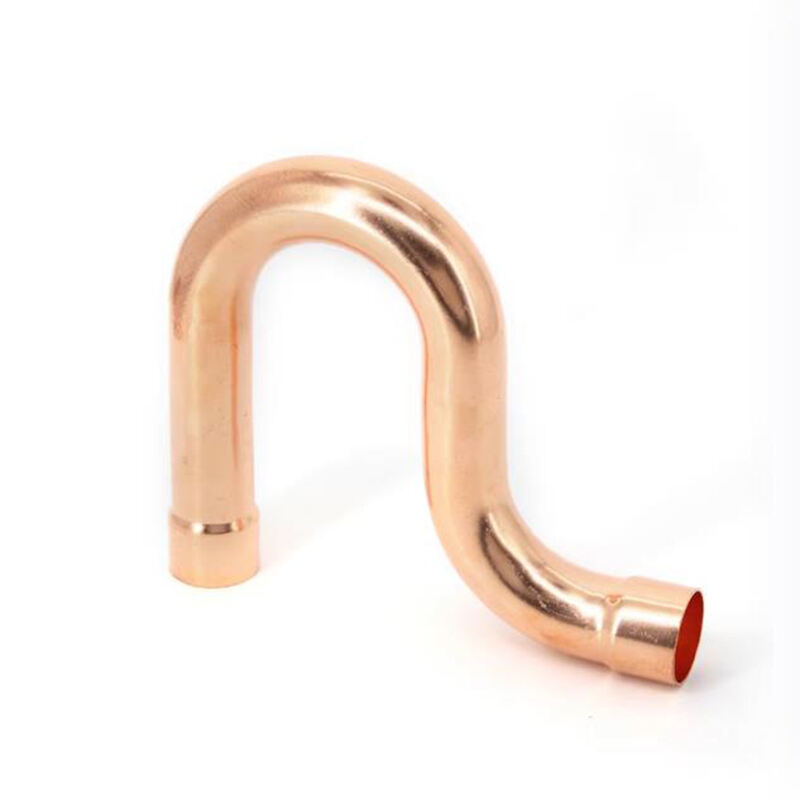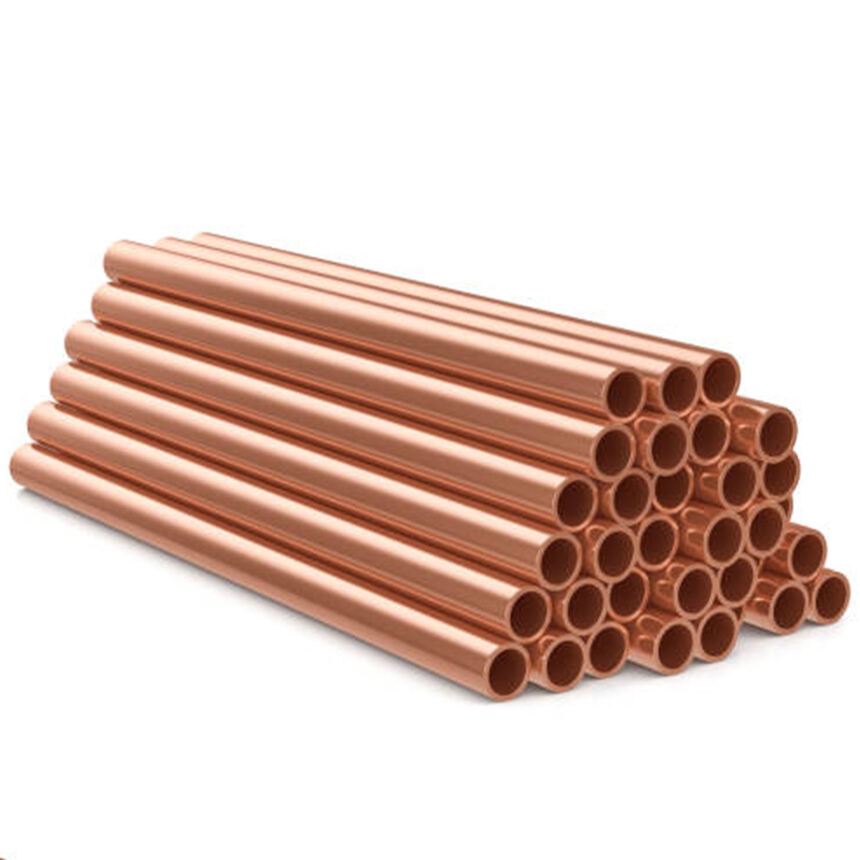Without pipe connections, plumbing, heating, and cooling systems can barely function as intended. The reliability of pipe connections has a direct impact on the overall performance and the safety of the systems. The impact of poorly connected pipes can lead to leaks, pressure drops, and, in the worst-case scenario, even system failures, inevitably leading to the need for costly repairs and potential water damage. Copper fittings have been used in pipe installation for decades, and they are known for resolving a number of connection issues. Unlike some plastic or metal fittings, which may compromise a pipe joint, pipe joints using copper fittings maintain a seam better which enhances, durability, performance and stability over time. The rest of this article discusses what copper fittings improvements and why they have remained a favorite in the market.
Form Secure, Leak-Proof Connections
One of the key pipe connection improvement is the ability to forge strong bonds and leak-proof connections. This is made possible by the connectivity ability of copper and how malleable it is, such that it can connect with pipes (copper and some other compatible materials) using solder and compression joints. The solder joint works on the premise that the copper pipe and fitting are made to melt slightly at their joint, such that they fuse at the joint to form one continuous piece meaning that gaps that water or other fluids can escape are eliminated. The same principle applies with compression fittings - no heat, slow fittings - where the seal is maintained even with pressure changes.
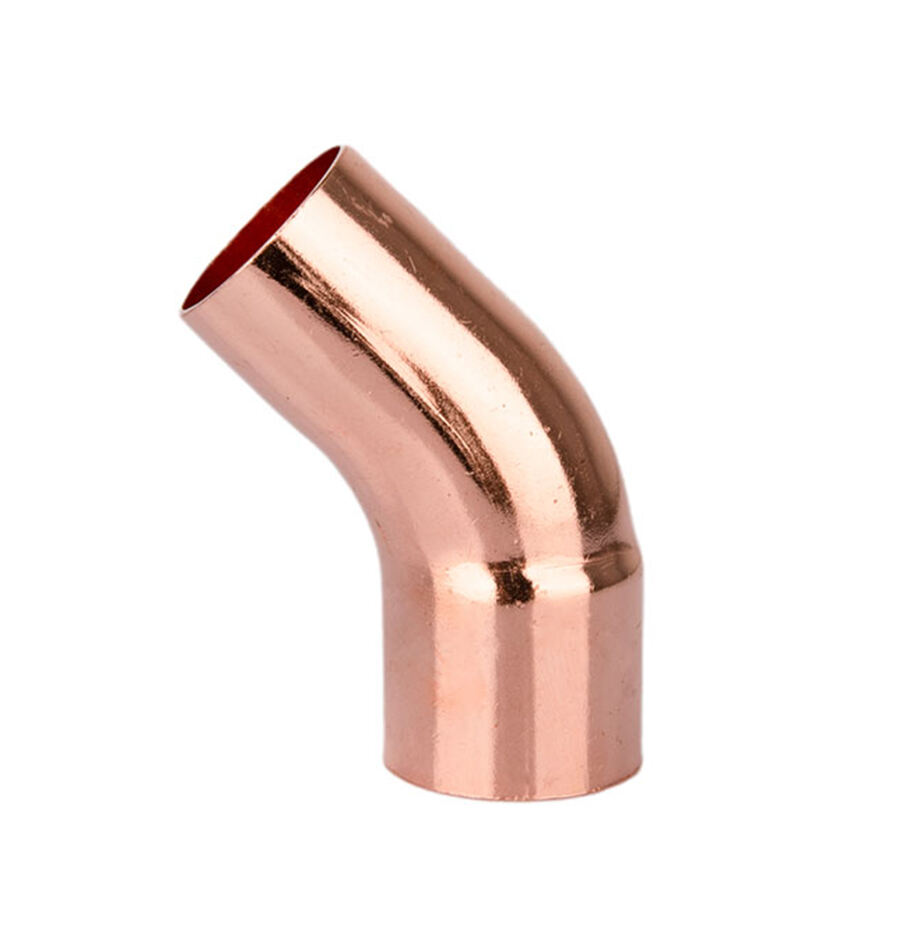
In residential plumbing, elbow fittings made of copper create leak-proof joints in water lines and avoid drips, which are common with plastic fittings over time. With systems carrying portable or corrosive liquids, this reliability is a must.
Fight Off Corrosion for Durable Connections
One of the biggest threats to pipe connections is corrosion as this will weaken pipe joints and cause leaks and contamination. Copper fittings are the best for this as they can still withstand corrosion and rust for long periods, which makes connections last longer. With copper, when it's in the air or water, the corrodes and creates a protective oxide layer which helps in preventing more corrosion and rust. Fitting made of iron or steel will begin to corrode the minute they are in damp conditions. Systems full of hard water, or buried underground, will also rust, however, this is not the case for copper fittings. For example, copper in a commercial HVAC, with the pipes buried underground will not corrode over time, copper keeps its integrity which allows for better performance over time, while also minimizing the need for maintenance.
Endure High Pressure and Rapid Temperature Changes
Copper fittings will also not fail or corrode over time with portable liquids, the systems can also withstand temp and pressure with copper fittings. No corrosion is still present as copper fittings are not corroding which allows the pipe less to have overheating or become jammed with water.
Withstand dramatic changes in pressure or temperature without cracking or deformation best describes tensile strength and thermal stability. In other settings, coping copper coupling fittings maintain fitting retention disregard steam and heat. Avoiding expansion driven leaks, plastic fittings and coupling seam to focus. In water heaters, the heater and main line are fitted to handle fittings with sudden changes in temperature. This is with copper. Extreme conditions demand stability. This is in pipe connection to balance the heater.
Broad compatibility and flexibility improves pipe connection with other fittings. Docker pipes having multiple pipe materials is common. PEX pipes or CPVC can use adapter fittings in their warm plumbing. This plumbing provides ease in related tasks considering the fitting types elimination.
For instance, a plumber replacing old copper plumbing with PEX can use copper-to-PEX transition fittings to connect the PEX pipes to existing copper lines. This simple method provides a joint connection between the two piping materials and to the joint system. This type of plumbing fitting also comes in handy with older plumbing, streamlining renovation efforts. Renovation projects very often require a fair amount of old and new pipe materials to be incorporated to meet plumbing and piping budgets.
Maintain a Positive Pressure Differential in the Joint Between Flexibly Connected Pipes
Blockages and rough/jagged edges of piping fittings can cause system pressure loss, and thus having copper fittings in a plumbing system can resolve this issue. Copper fittings formulated with inner walls constructed of copper with no protuberances ensures the fluid and/or gas can pass through without reduction in pressure- unlike plastic fittings with rough edges and/or over constricted openings. This unique tubing design permits gas, water, and refrigerants to pass through without the subjecting the system to turbulent flows. An instance of this is with copper tubing reducer fittings in irrigation pipe system fittings. Copper tubing reducer fittings seamlessly connect larger main pipe lines to smaller lateral line, enabling and maintaining inner flow path pressure. In HVAC systems copper elbow fittings have also incorporated softer angles instead of kinked edges in order to not suppress gas flow.
An efficient flow of fluids within a system not only enhances system performance, but also alleviates the strain on pumps or compressors, prolonging their operational lifespan.
Offer Simple Installations and Repairs
Easily installable and repairable fittings help copper to maintain flow and pressure within a system, ultimately saving time and lowering labor wages. This also demonstrates the importance of balance in system performance. Through the use of rudimentary tools and soldering skill, copper fittings can be soldered in a timely manner with no hassle to the user. Even better, the user does not need to apply heat to the fittings. Some copper fittings can be termed compression fitting; these only require a couple of wrench turns. In comparison to plastic which is notoriously known to take more time, the plumber does not need to use sophisticated plumbing devices. Repairs within a system are simple. If a solder joint needs to be fixed, the soldered joint can be taken out, without inflicting damage to the surrounding pipes. In a domestic environment, a copper coupling fitter can be taken out and replaced within an hour. This goes to show that people using copper fittings range from amateurs to professionals and people who need the fittings in an emergency!






